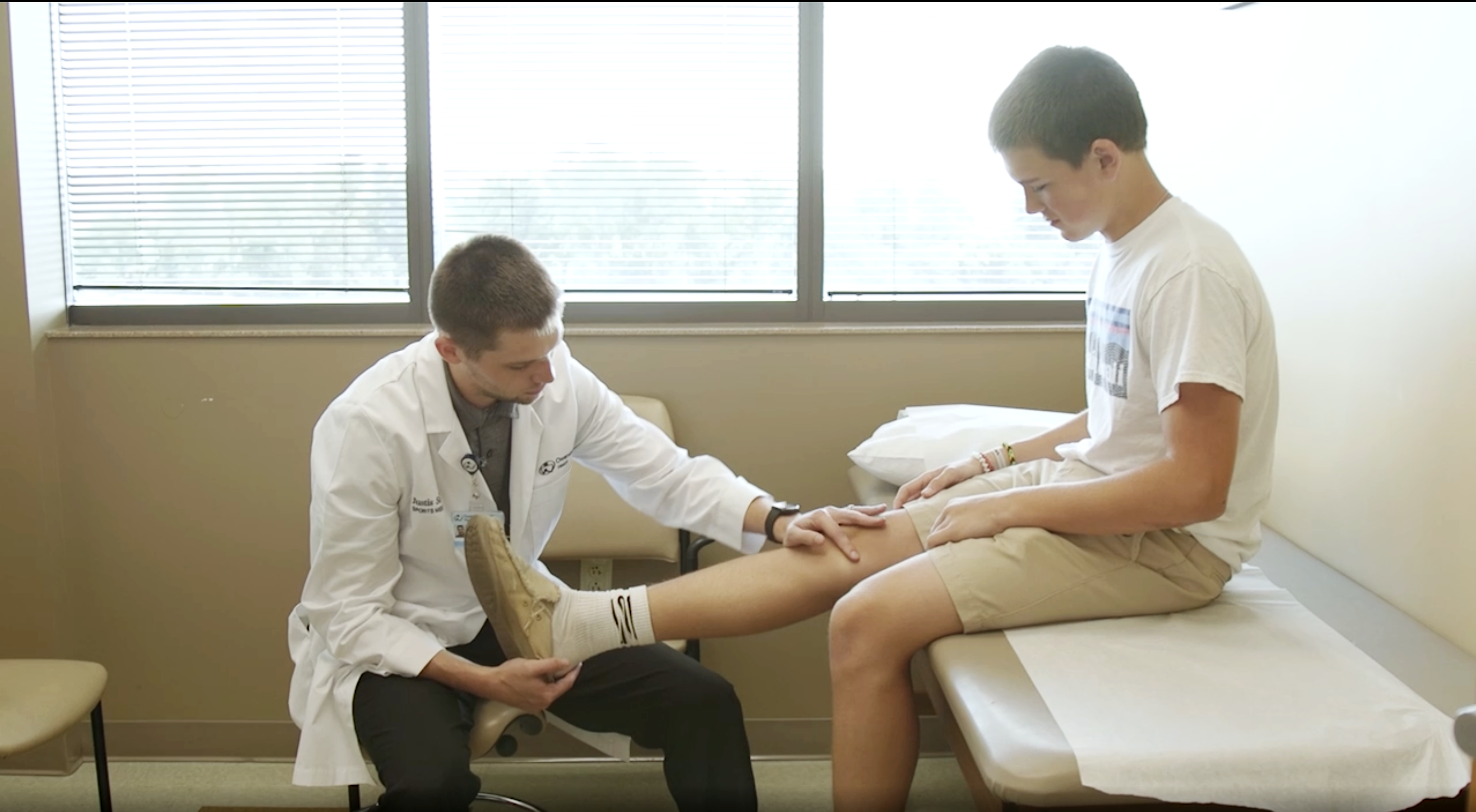Published on April 23, 2024
Avoid Overuse Injuries as Spring Sports Start

As the cold ends and the flowers begin to bloom, it's a sure sign that spring has arrived. And for kids, that means it's time to dust off their sports equipment and get ready to hit the field. Spring sports allow children to get active, learn new skills, and make lasting friendships. Whether it's baseball, softball, soccer or track and field, there's a sport for everyone.
For middle school and high school athletes, especially those who focus on one sport year-round, doctors encourage a well-rounded approach to training to avoid overuse injuries.
"Staying active, staying healthy and playing multiple sports has been shown to be very beneficial to mental health and physical health, so when you specialize too early, you lose out on that," Justis Soltz, MD, a sports medicine specialist at Owensboro Health, said. "You only train your body to do certain specific motions, you increase the risk of overuse injuries, and then these are the kids that oftentimes will quit. They’ve been playing only baseball since they were 10 years old, so when they get to 14 or 15, they’re done.”
Dr. Stolz adds that in these specialized players, there’s a high risk of overuse injuries that can result in a significant loss of playing time and threaten their future in sports participation.
Student-athletes can sometimes feel pressure only to play one sport, or that to advance to college-level sports, they have to do increasing reps and go to intense camps. This mindset only adds to overuse injuries, Dr. Soltz said.
In the Owensboro Health Orthopedics & Sports Medicine Walk-in Clinic, he has seen more shoulder and elbow injuries as spring sports begin. One of the simplest prescriptions is rest.
“We’ll start to see things like Little League shoulder or Little League elbow, and if you catch it early enough, it’s a period of rest, but you’re not going to lose your whole season,” he said. “I’ve had kids come in, and they’ve been hurting for five months, and they sometimes need up to four or five months of rest without throwing just to get back. So, the earlier you catch it, the better.”
Regardless of age, it's important for all active individuals to take time to prepare themselves for the activity through stretching and stretching. Rest is equally important and lets your body recover. Dr. Stolz recommends that people who play sports take a full break for a least a couple of weeks each year.
And if you're having pain issues, seek medical attention rather than trying to "tough it out."
Owensboro Health offers a convenient orthopedics and sports medicine walk-in clinic for just these sorts of injuries. Patients ages five and up are welcome; you don't have to be an athlete to be treated. The clinic treats walk-in patients for many types of needs, including sprains, fractures, carpal tunnel, old and new injuries, sore joints, concussions and more. Located in the Pleasant Valley Medical Building, Suite 500B, the walk-in clinic is open Monday through Friday from 8 to 11 a.m.; no appointment is necessary. Visit OwensboroHealth.org/WalkIn to learn more.
About Owensboro Health
Owensboro Health is a nonprofit health system with a mission to heal the sick and to improve the health of the communities it serves in Kentucky and Indiana. The system includes Owensboro Health Regional Hospital, nationally recognized for design, architecture and engineering; Owensboro Health Muhlenberg Community Hospital; Owensboro Health Twin Lakes Medical Center; the Owensboro Health Medical Group comprised of over 350 providers at more than 30 locations; four outpatient Healthplex facilities, a certified medical fitness facility, the Healthpark; a weight management program, and the Mitchell Memorial Cancer Center.
On average each year, we have more than 19,000 inpatient admissions, deliver 2,000 babies and provide the region’s only Level III NICU. Owensboro Health physicians perform nearly 33,000 surgical procedures, including nearly 150 open-heart surgeries. Our physicians and staff have 90,000 Emergency Department visits and more than 1.25 million outpatient visits annually. Visit our home page for more information.